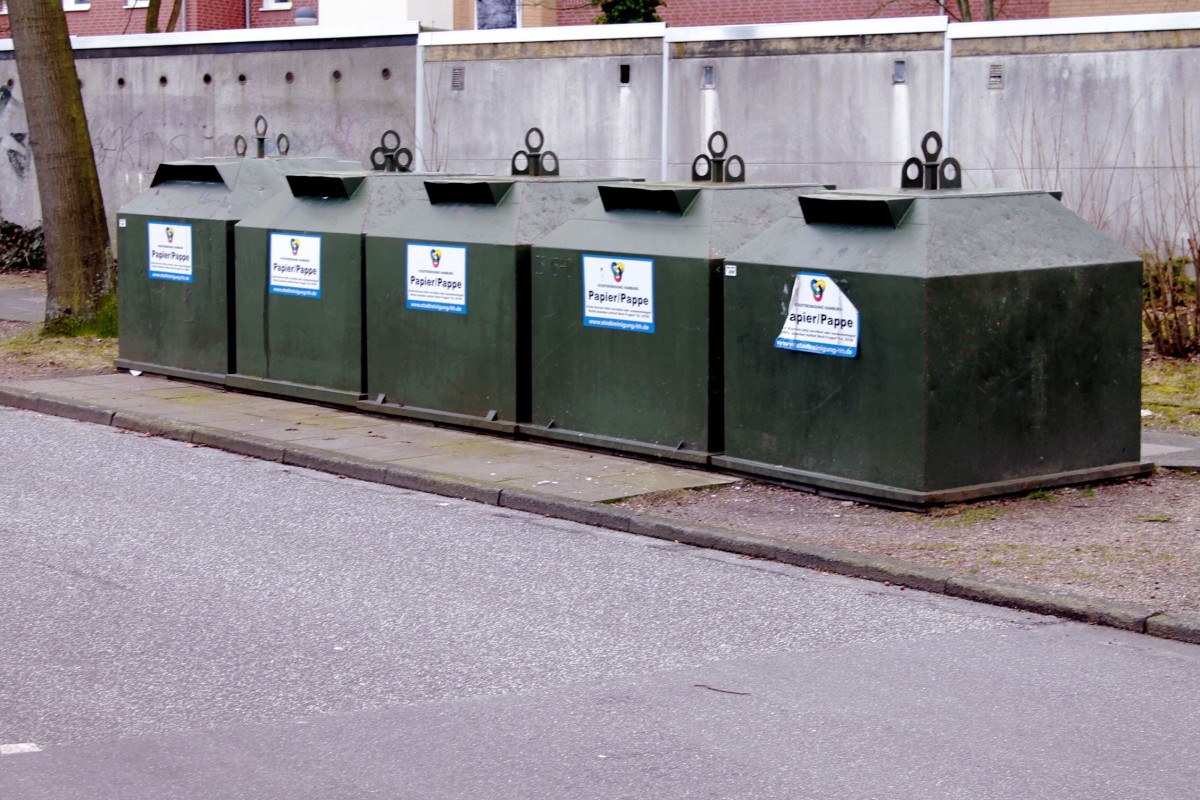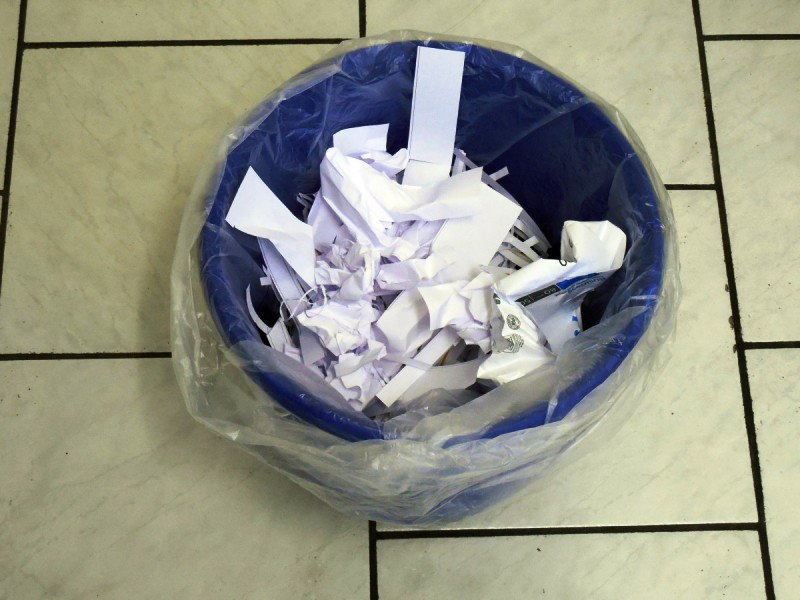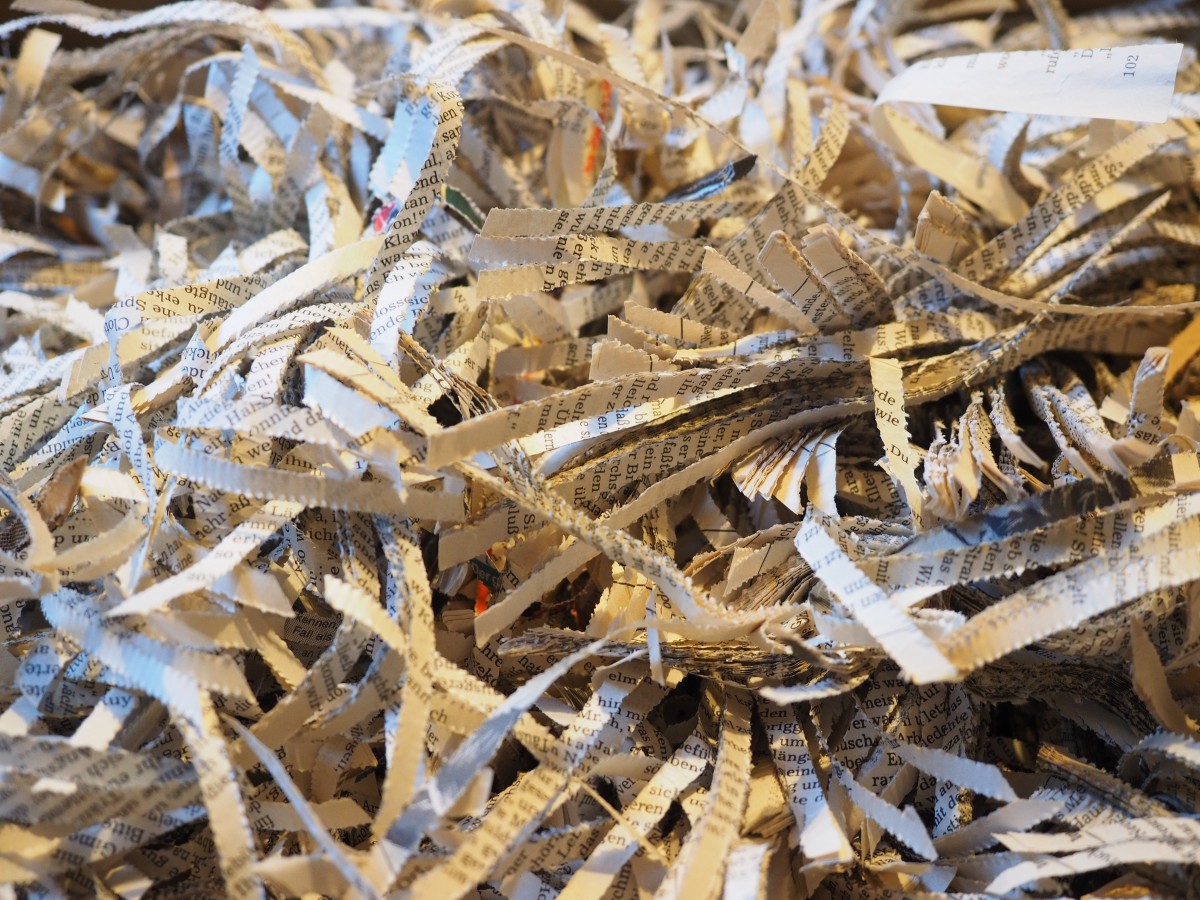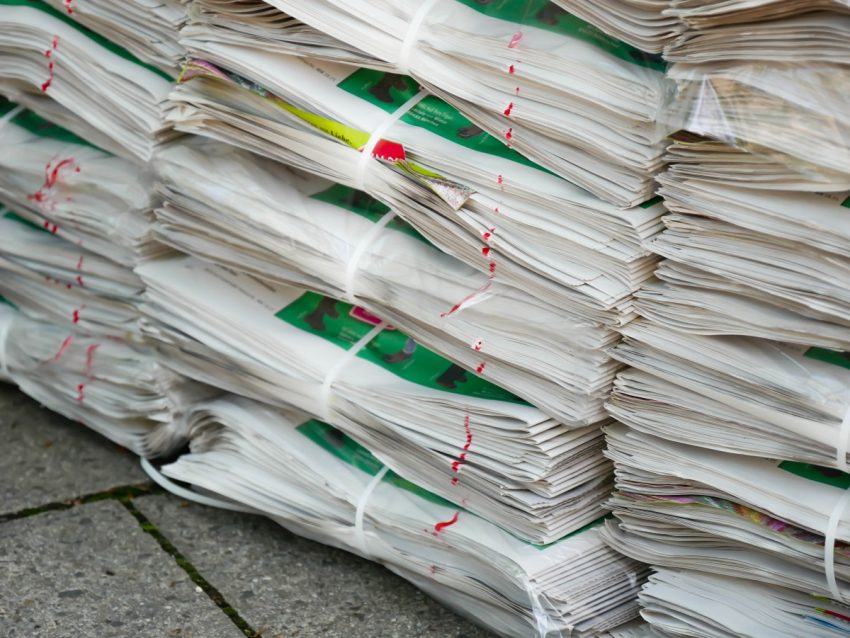Contents
– Paper recycling: simple and inexpensive
– Paper from companies and individuals: a necessary sorting
– Paper recycling: mechanical, chemical, or thermal
The paper industry is the leading recycling industry in the world.
Paper recycling, like wood recycling and cardboard recycling, preserves our forests.
Paper recycling: simple and inexpensive
Paper resources hardly come from trees anymore but from recycling. Paper and cardboard contain biodegradable wood fiber that promotes recycling:
– easy recycling;
– no toxic substances;
– Possibility to recycle the same fiber several times.
Ideal for the preservation of forests
Recycling paper helps to preserve forests. Without it, to produce one ton of paper, it takes:
– 1.41 tons of wood;
– 48.2 m³ of water;
– 10.25 MWh of energy which emits 0.04 tons of CO2;
– 25 times more chemical waste.
This is expensive and has a heavy impact on the environment. On the contrary, the trees saved by recycling absorb carbon dioxide from the air. Recycling paper also creates jobs.
Note: Americans are the worst paper recyclers; 500,000 trees must be cut down weekly to produce the Sunday papers.
Paper from companies and individuals: a necessary sorting

Paper recycling cannot take place without serious sorting upstream.
Recycling paper from companies
A company consumes several tons of paper per year. On average, an employee consumes 150 kg of paper per year.
The collection is vital for the company:
– it improves its brand image;
– it reduces its energy footprint.
This requires several actions:
– consuming as little as possible: encouraging employees not to print unnecessary documents (email, etc.);
– selective sorting: encourage employees to throw paper in a dedicated container and organize its collection.
Companies producing office paper waste are now required to sort it at the source and organize its collection separately from other debris unless it is treated on site.
Individuals: recycling paper at the consumer level

It would help if you also established good habits at home. For instance, you can place paper in a container dedicated to “paper, newspapers, and magazines”:
– cardboard;
– newspapers
– magazines;
– milk and juice cartons
– cereal boxes;
– white envelopes;
– yogurt cartons, etc.
Attention: some papers cannot be recycled
Some paper waste contains products and should not be thrown away with recyclable papers. The main ones:
– kraft or colored envelopes;
– shredded or small pieces of paper;
– carbon paper;
– tracing paper;
– photo paper (silver and printer paper);
– laminated paper;
– paper and cardboard soiled by food (dirty tablecloths and paper napkins).
Paper recycling: mechanical, chemical, or thermal

Paper recycling is easy, and you can do it in many ways.
Three methods are possible:
– mechanical: recover your paper so you can re-use it;
– chemical: treat it to give it a second life (releases CO2 into the atmosphere and generates waste);
– thermal: burning it to produce energy, energy recovery.
Paper recycling: how it works
Recycling paper causes little waste because 100 g of paper (properly sorted) = 90 g of the new paper.
The technique used to get the recycled paper is to extract the cellulose it contains. The recycling of paper is organized in the following way:
– after collection, the paper goes to the sorting center;
– On-site, it is crushed and dissolved in water and additives to reduce it to flakes;
– it is crushed;
– the water separates it from other components such as plastic or glass;
– to recover these flakes and get rid of impurities, they must be sieved;
– they will then undergo a chemical and thermal treatment that removes the ink by flotation;
– Finally, the flakes are dried and transformed into new paper rolls.
2 bleaching techniques for recycled paper
Recycled paper can be white or colored. For bleaching, there are two techniques:
– dissolving in a whiter pulp;
– chemical bleaching: with hydrogen peroxide.
The final result of paper recycling: its uses
After this bleaching stage, the recycled paper goes to the paper mills to be transformed into a finished product. Recycled paper offers many options; it allows to design:
– short and fine fibers: toilet paper and tissue;
– corrugated cardboard;
– newsprint (80% of newspapers).
Please note: after six to eight recycles, the cellulose filter gets shorter, so it is impossible to recycle the paper indefinitely. It ends up being burned to produce energy.


3 thoughts on “Paper Recycling: How Is It Done”